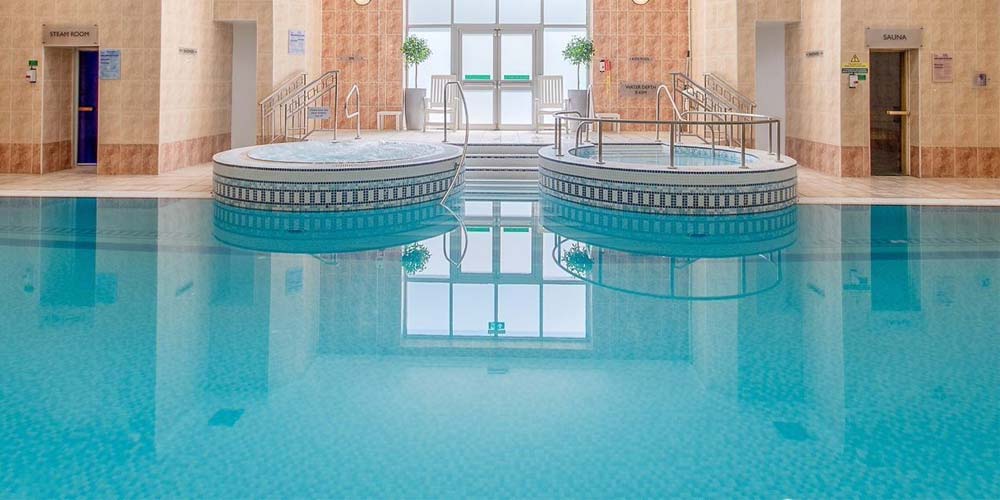Pool shock is the best solution to solve the problem of a sudden outbreak of algae in the pool. Before understanding pool shock, you need to know when you must perform a shock.
When is a shock needed?
Generally, during normal pool maintenance, there is no need to perform additional pool shock. However, when the following situations occur, you must shock your pool to keep the water healthy
Strong chlorine smell, turbid water
Sudden outbreak of a large number of algae in the pool
After a heavy rain (especially when the pool has accumulated debris)
Pool accidents related to the intestine
Pool shock is mainly divided into chlorine shock and non-chlorine shock. As the name suggests, chlorine shock mainly uses chlorine-containing chemicals to be put into the pool and pumps the chlorine to the entire pool to purify the water. Non-chlorine shock uses chemicals that do not contain chlorine (usually potassium persulfate). Now let’s explain these two shock methods
Chlorine shock
Usually, you can’t disinfect the pool with regular chlorine tablets, but when it comes to increasing the chlorine content of the pool, you can choose other forms (granules, powders, etc.), such as: sodium dichloroisocyanurate, calcium hypochlorite, etc.
Sodium dichloroisocyanurate Shock
Sodium dichloroisocyanurate is used as part of your pool maintenance routine, or you can add it directly to your pool. This disinfectant kills bacteria and organic contaminants, leaving the water clear. It is suitable for small pools and saltwater pools. As a dichloro-based stabilized chlorine disinfectant, it does contain cyanuric acid. In addition, you can use this type of shock for saltwater pools.
It usually contains 55% to 60% chlorine.
You can use it for both regular chlorine dosing and shock treatments.
It must be used after dusk.
It takes about eight hours before you can swim safely again.
Calcium hypochlorite Shock
Calcium hypochlorite is also commonly used as a disinfectant. The fast-acting, quick-dissolving swimming pool disinfectant kills bacteria, controls algae, and eliminates organic contaminants in your pool.
Most commercial versions contain between 65% and 75% chlorine.
Calcium hypochlorite needs to be dissolved before it is added to your pool.
It takes about eight hours before you can swim safely again.
For every 1 ppm of FC you add, you’ll add about 0.8 ppm of calcium to the water, so be careful if your water source already has high calcium levels.
Non-chlorine shock
If you want to shock your pool and get it up and running quickly, this is exactly what you need. Non-chlorine shock with Potassium peroxymonosulfate is a fast alternative to pool shock.
You can add it directly to your pool water at any time.
It takes about 15 minutes before you can swim safely again.
It’s easy to use, just follow the instructions to determine the amount to use.
Because it doesn’t rely on chlorine, you still need to add disinfectant (if it’s a salt water pool, you still need a chlorine generator).
The above summarizes several common ways to shock a pool and when you need to shock. Chlorine shock and non-chlorine shock each have their advantages, so please choose as appropriate.
Post time: Jul-16-2024

